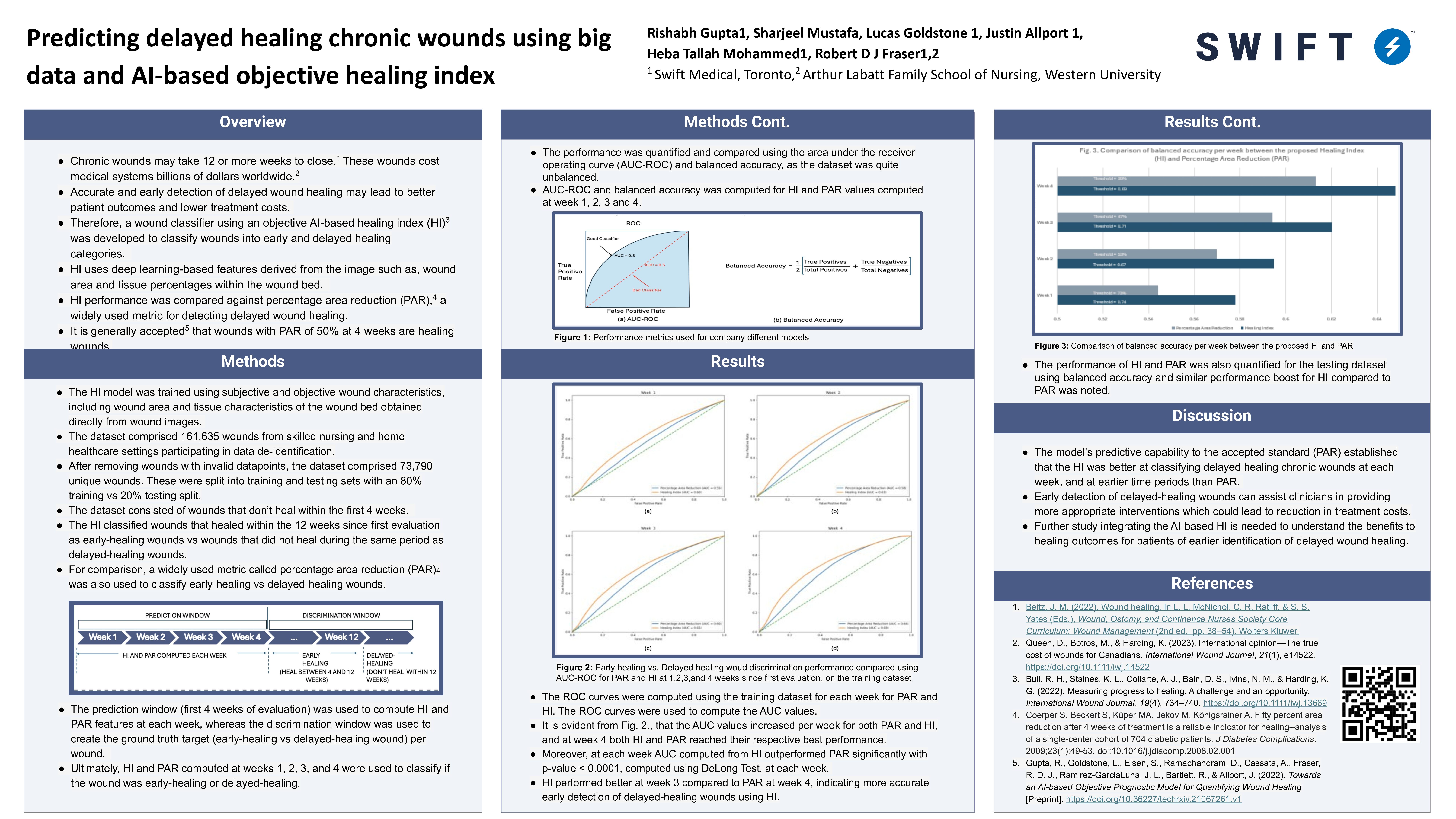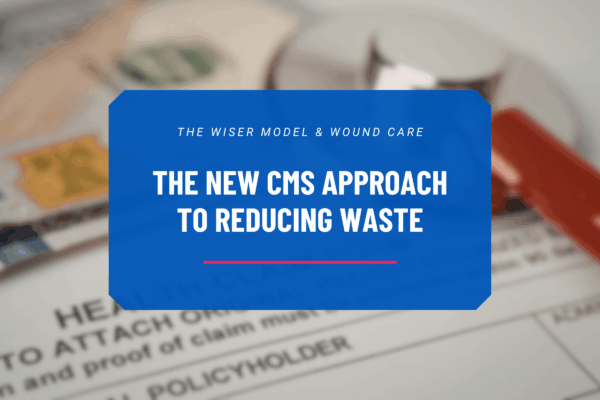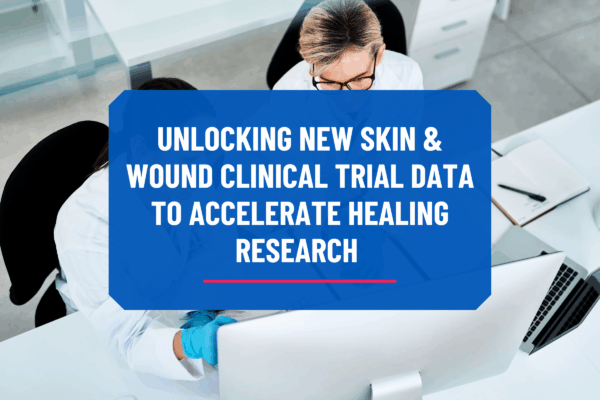This poster was featured at SAWC Fall 2024 in Las Vegas, Nevada.
Authors: Rishabh Gupta, Sharjeel Mustafa, Lucas Goldstone, Justin Allport, Heba Tallah Mohammed, Robert D. J. Fraser
Introduction: Chronic wounds may take 12 or more weeks to close. These wounds cost medical systems billions of dollars worldwide. Accurate and early detection of delayed wound healing may lead to better patient outcomes and lower treatment costs. Therefore, a wound classifier using an objective AI-based healing index (HI) was developed to classify wounds into early and delayed healing categories. HI uses deep learning-based features derived from the image such as, wound area and tissue percentages within the wound bed.
Methods: The HI model was trained using subjective and objective wound characteristics, including wound area and tissue characteristics of the wound bed obtained directly from wound images. The dataset comprised 161,635 wounds from skilled nursing and home healthcare settings participating in data de-identification. After removing wounds with invalid datapoints, the dataset comprised 73,790 unique wounds. These were split into training and testing sets with an 80% training vs 20% testing split. The dataset consisted of wounds that don’t heal within the first 4 weeks. The HI classified wounds that healed within the 12 weeks since first evaluation as early-healing wounds vs wounds that did not heal during the same period as delayed-healing wounds. For comparison, a widely used metric called percentage area reduction (PAR) was also used to classify early-healing vs delayed-healing wounds. The prediction window (first 4 weeks of evaluation) was used to compute HI and PAR features at each week, whereas the discrimination window was used to create the ground truth target (early-healing vs delayed-healing wound) per wound. Ultimately, HI and PAR computed at weeks 1, 2, 3, and 4 were used to classify if the wound was early-healing or delayed-healing.
Results:
- HI performed better at week 3 compared to PAR at week 4, indicating more accurate early detection of delayed-healing wounds using HI.
- The model’s predictive capability to the accepted standard (PAR) established that the HI was better at classifying delayed healing chronic wounds at each week, and at earlier time periods than PAR.
To learn more about the research conducted for this poster, or to speak with the Swift Medical team about digital wound care, contact us.





